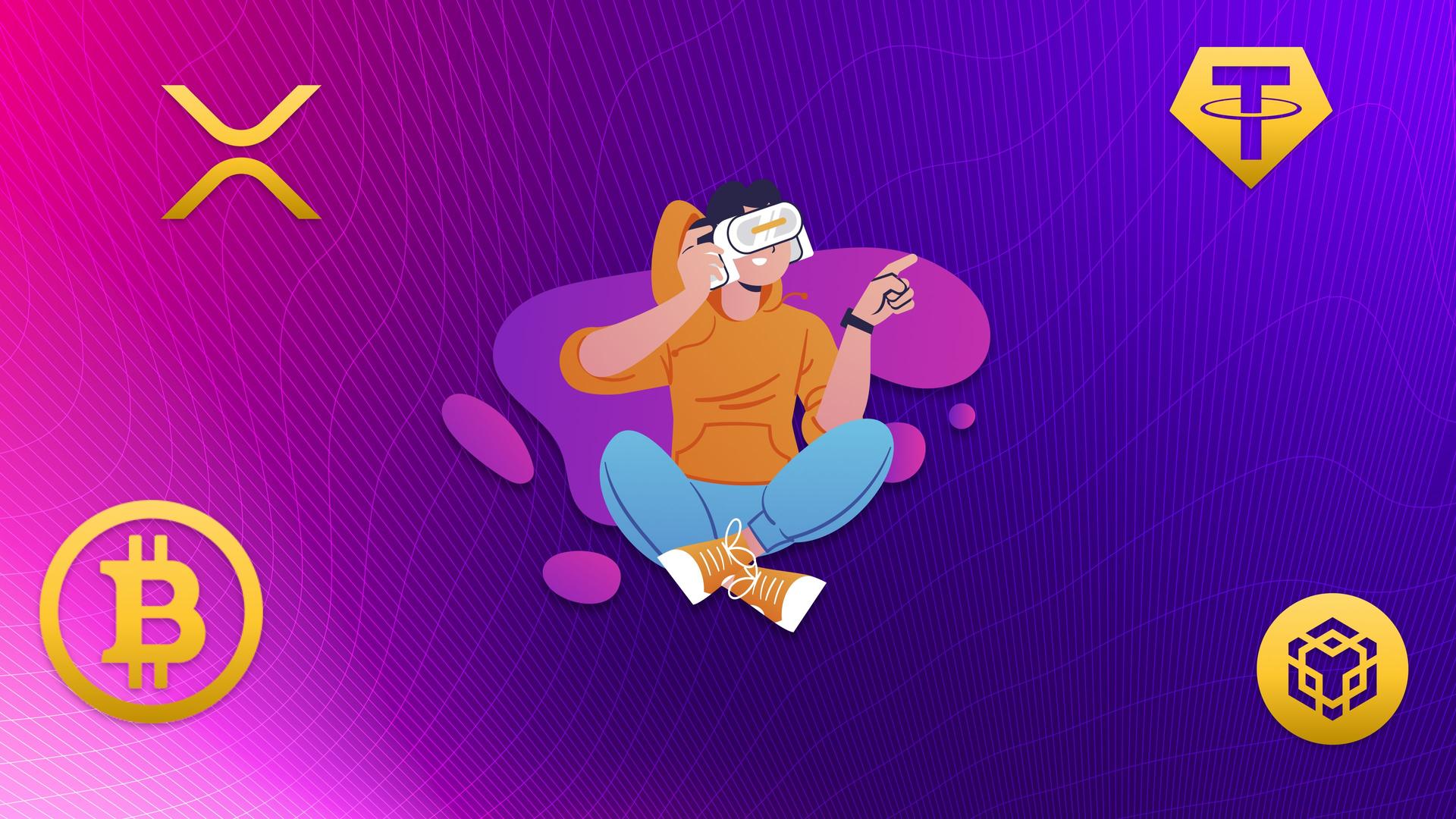AR and VR: The Foundations of the Metaverse

As we move toward an increasingly digital future, the terms Augmented Reality (AR) and Virtual Reality (VR) have become integral in our lexicon. They represent the gateway technologies shaping the Metaverse, a fully immersive digital world where virtual and physical realities converge. In this article, Metastack explores AR and VR's transformative roles, differences, and potential impacts on our lives within the Metaverse.
AR and VR: Defining the Digital Realm
In the Metaverse, AR and VR are akin to the cement and bricks of a construction project – fundamental building blocks forming the foundation.
Understanding AR (Augmented Reality)
AR is an interactive experience where objects residing in the real world are enhanced by computer-generated information. Think of AR as a layer of digital interaction overlaid onto our physical world. It amplifies real-world scenes with added data, visuals, sounds, or even smells.
One of the most recognized examples of AR technology is Pokémon Go, where players catch virtual creatures superimposed on the real-world environment through their smartphone screens.
Understanding VR (Virtual Reality)
Contrasting with AR, VR generates a completely artificial environment. With a VR headset like the Oculus Rift, users can immerse themselves in different settings, ranging from simulated real-world environments to purely fictional universes.
In essence, while AR adds to our reality, VR creates a new one.
The Role of AR and VR in Building the Metaverse
In the context of the Metaverse, AR and VR serve different but complementary roles. Both are essential for creating a rich, immersive, and interactive metaverse environment.
AR: Blending Real and Virtual Worlds
AR has the potential to transform our daily life experiences by merging the physical and digital worlds. It overlays digital data onto our physical surroundings, adding an interactive layer of information that we can manipulate and engage with.
Consider an AR-enhanced shopping experience, where you can see product details, customer reviews, and real-time price comparisons simply by pointing your smartphone at items in a store. Or imagine an AR workspace, where your physical desk is adorned with virtual screens, 3D models, and interactive data visualizations.
In the Metaverse, AR is the tool that would bring the digital universe to our everyday physical world.
VR: Enabling Total Immersion
On the other side, VR takes us from the physical world and plunges us into the Metaverse, allowing users to explore virtual spaces as if they were physically there.
In a VR-driven Metaverse, we could explore far-off planets, walk through history, or have face-to-face interactions with people thousands of miles away. The potential applications of VR in fields like education, travel, real estate, and social networking are profound.
The Transformative Potential of AR and VR
The Metaverse, powered by AR and VR, has the potential to revolutionize our lives across various dimensions.
Immersive Learning and Workspaces
AR and VR can significantly enhance educational experiences, as these technologies allow for interactive and immersive learning environments. Similarly, AR and VR can redefine remote work, making it more engaging and collaborative. Spatial.io is an excellent example of a platform that uses AR and VR to create shared virtual workspaces.
Evolution of Social Media
Social media will evolve from flat screens into immersive experiences. Instead of viewing friends' photos or status updates, you might walk into their virtual space, interact with their digital avatars, and experience moments with them.
Pioneering New Forms of Entertainment
AR and VR are already revolutionizing gaming, with experiences that range from battling AR zombies on your street to exploring fantasy worlds in VR. But beyond gaming, think of VR music concerts, AR-enhanced sports events, or even virtual travel. The possibilities are limitless.
A Glimpse Into the Future: AR, VR, and the Metaverse
While the convergence of AR and VR technologies is still in its early stages, creating a fully immersive Metaverse is on the horizon. As these technologies continue to advance, the physical and digital world lines will blur, and our interactions with the world around us will be fundamentally changed.
The Metaverse, fueled by AR and VR, has the potential to connect us in ways we can't yet fully comprehend. It's not just a new tech trend; it's a new dimension of existence. As we continue to build this new digital universe, it's important to recognize that we are not only its architects but also its inhabitants.



